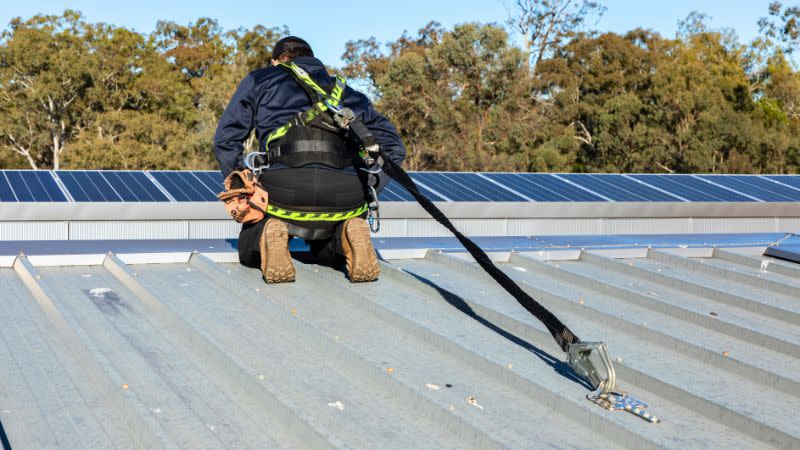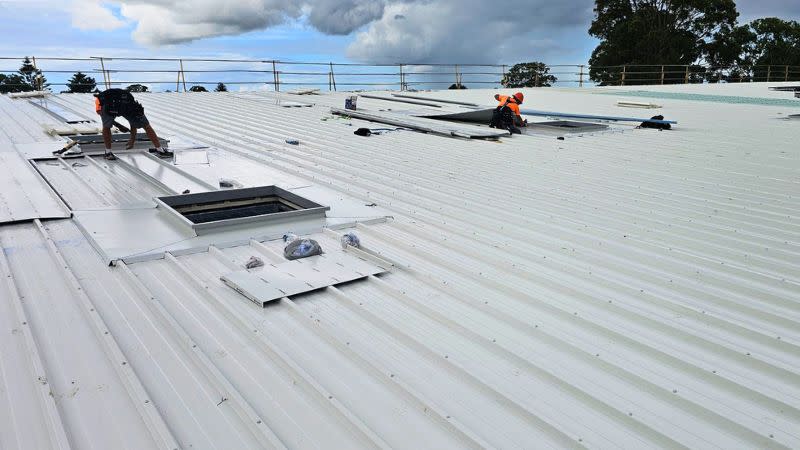FROM SITE SELECTION TO DELIVERY PROPERTY DEVELOPMENT MASTERCLASS
PROPERTY DEVELOPMENT MASTERCLASS
Resources
Newsletter
Stay up to date and with the latest news, projects, deals and features.
Subscribe
Falls from height, sadly, remain one of the most common causes of workplace injuries and deaths in Australia.
Height Safety Engineers are dedicated to reducing that number and protecting people working in these height-risk environments.
According to Safe Work Australia data, in 2023, 29 people lost their lives at work following a fall from height.
That was well above the five-year average of 22 (2019-2023, inclusive).
For the 2025 year to date (18 September), that number stands at 11, with over a quarter of the year still to go.
These numbers are far too high.
They also have barely shifted over the past decade.
The prevailing wisdom is that workers make the choice to disregard safety systems and processes.
This comes from a place of either not recognising the severity of the risk, or a nonchalance about the likelihood of their being the one that falls.
But actions like these do not happen in a vacuum.
Workers on site are always operating within systems and structures over which they exert only a small amount of agency.
Everything from the design of the building itself to how work is quoted and scheduled can influence the decisions workers make on site.
One of the biggest influences is that when it comes to the design of fall protection systems, a lot of thought is put into what the system needs to do, but less so about how that is going to happen.
By this we don’t mean conflict that can end in a vocal exchange of opinions in front of the site office, but the competing priorities that exist when it comes to getting every service, plant item or access need addressed during the design, construction and use of a building.
In many cases, the height safety or fall protection system is considered last, after everything else.
This results in safe access not being able to be provided to areas where safe access is needed.
The most common issue encountered when it comes to fall protection systems is when solar panel arrays are installed.
Typically, solar systems are designed with the maximum number of panels possible installed.
This often comes into conflict with fall protection systems.

In situations where a fall protection is already in situ, solar panels are often found to have covered the fall protection system.
The result is that it can no longer be connected to and used.
A different version of this problem can be found on many newly or under construction buildings.
Height safety and fall protection is often one of the last items completed before a building is handed over.
In many instances the design of a height safety system is left until well after construction has started.
A lack of communication between the builder, solar system installer and height safety provider results in there not being adequate space left on the roof for the provision of a compliant fall protection system.
The most significant action that can be taken to reduce the number of falls from height is to actively prioritise fall protection and height safety.
This starts from when the building is still on the drawing board and continues all the way through construction to handover.
It then continues through the life of the building.
Ensuring that solar array and other rooftop service layouts have allowances for the installation and use of an adequate fall protection system is a must.
If services must be placed on the roof, then safe access to them must also be placed on the roof.
During construction, time should be built into schedules that allow workers to properly identify, assess and mitigate fall risks.

The construction phase of a new building is typically the most dangerous.
An unfinished building has not only the fall risks associated with the building itself but also risks added in as a result of it being in an uncompleted state. Having the time and resources available for workers to fully identify, accurately assess and then safely mitigate those risks is an absolute must.
This need for time to identify and mitigate risks continues from construction into the working life of the building.
Although the design should consider where workers are likely to need access to, once a building is handed over and is being used those needs may change over time.
When it comes to addressing height safety and fall protection issues at your workplace, there is never a one-size-fits-all solution.
Engaging fall protection professionals, like Height Safety Engineers, allows you to tap into decades of real-work experience and expertise.
Protecting people is always the most important thing any of us can do.